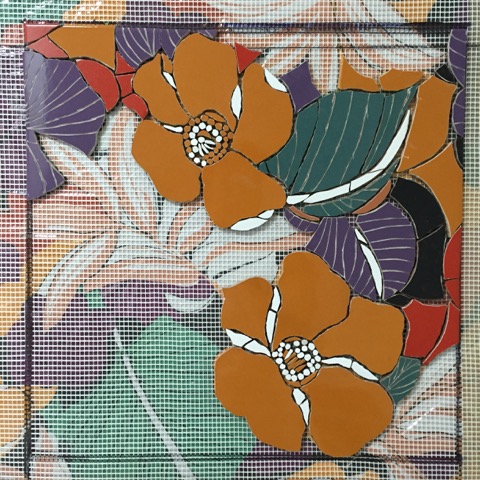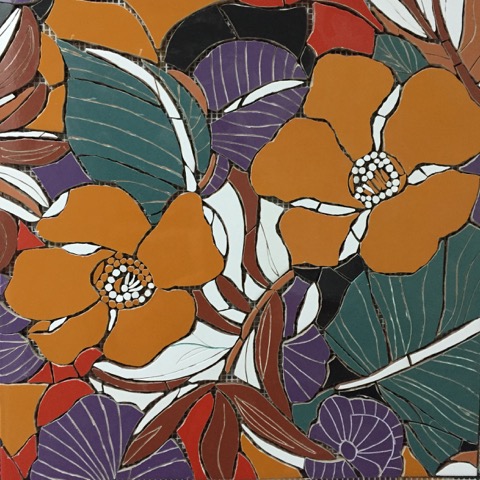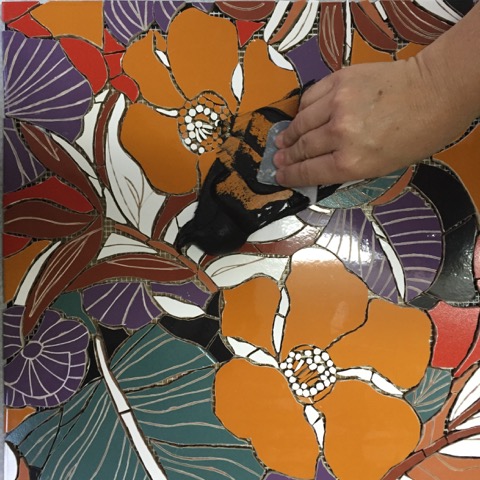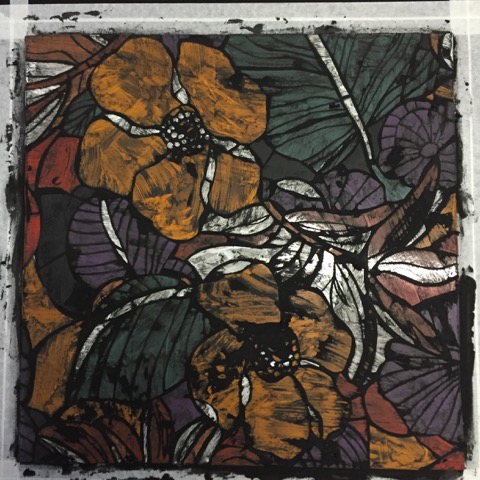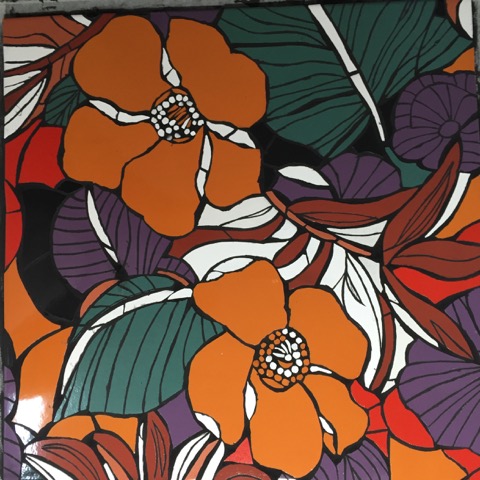“Pattern is important for both mediums and though one involves hard materials and the other soft, both are flexible enough to work with,” Bavor says.
Inevitably, artists recognized that the spaces between the materials (“interstices” in the vocabulary of mosaics) were equally important elements of composition and they have become ever more so in contemporary iterations of these arts.
“The grout lines in mosaics can be seen as parallels to the stitching, or lattice, of textile art,” Bavor confirms. The exhibit at the IMA, comprised of about 42 individual pieces, demonstrates the many ways in which this motif can play out.
One large, vibrantly colored quilt called “Cinco de Mayo,” by award-winning quilter Betty Thurman, was reimagined as a mosaic (“Cinco de Mayo in Glass”) by her daughter, Jan Ghilaine Wolfe. Both works serve as centerpieces and counterpoints to one another in this show.
Deborah Block also offers two works (“Color Blocks #1 and #2”) inspired by quilting patterns, one in fabric and the other in smalti, which are tiny, hand-cut cut cubes of densely color-saturated glass.
As with many of the contributors, mosaicists Jill Stevenson-Ritter and Amelia Williams were inspired to create new works expressly for this show.
“I have wanted to do a mosaic prayer rug for some time so the Textiles and Tesserae show was a good prompt,” says Williams. While Williams is not Muslim, she once spent time in Indonesia and was moved by some of the cultural practices of the Muslim world.
“I like the whole idea of the call to prayer, the idea that the divine calls out to us, to humanity, and we respond to it. In my mosaic I want to portray the prayer rug as our response to that invitation,” she says. Her intricate and ambitious piece, aptly titled “Call to Prayer,” depicts a rug still on the loom, with a three-dimensional aspect where the bottom of the rug curls up.
She recently learned that technique at a workshop with Australian mosaic artist Marian Shapiro, at the Society of American Mosaic Artists conference in San Diego last April.
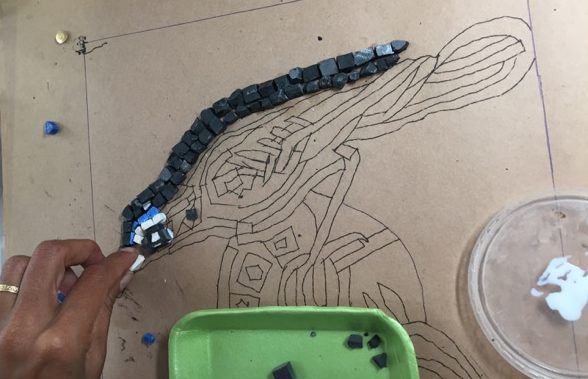
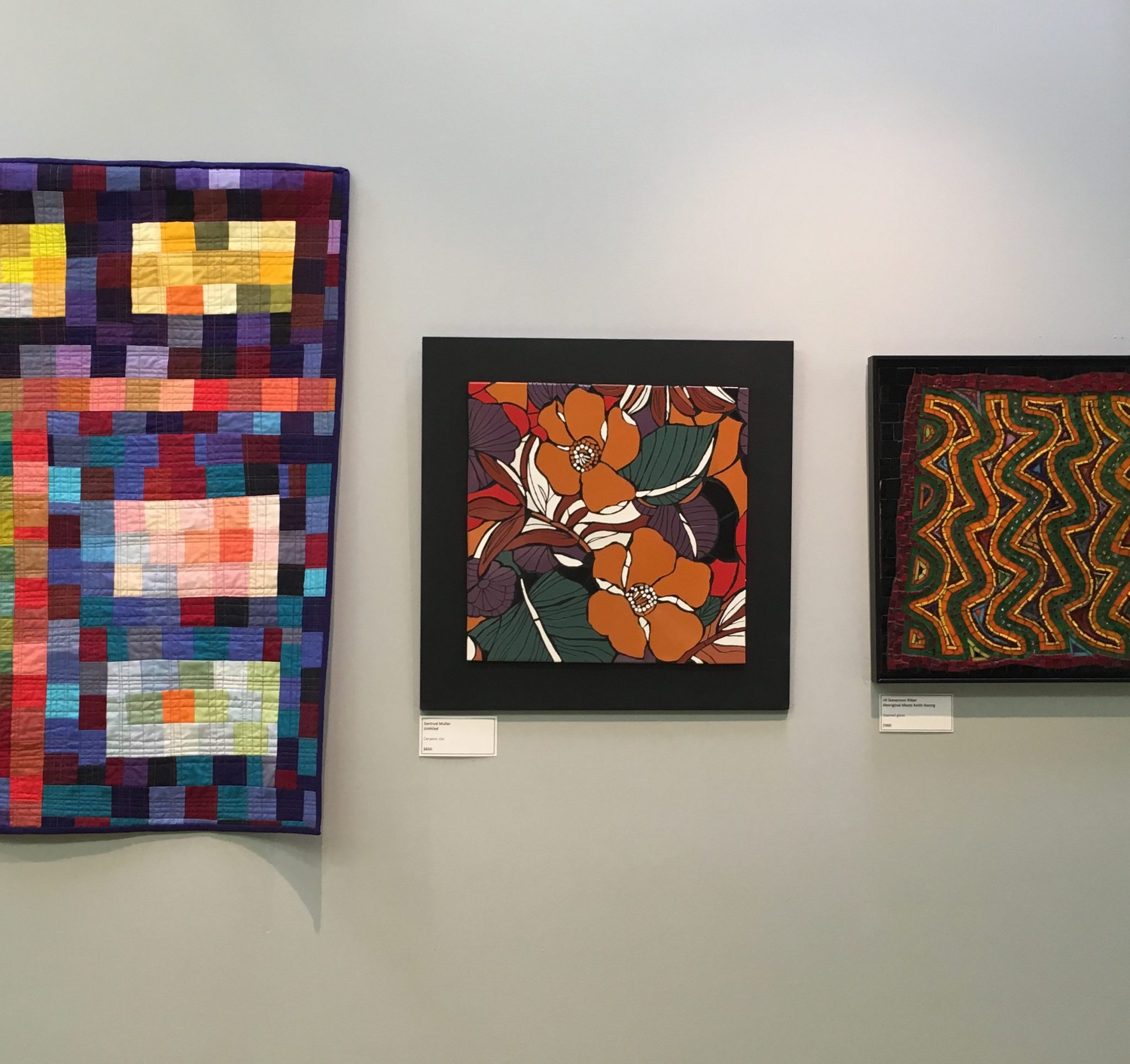




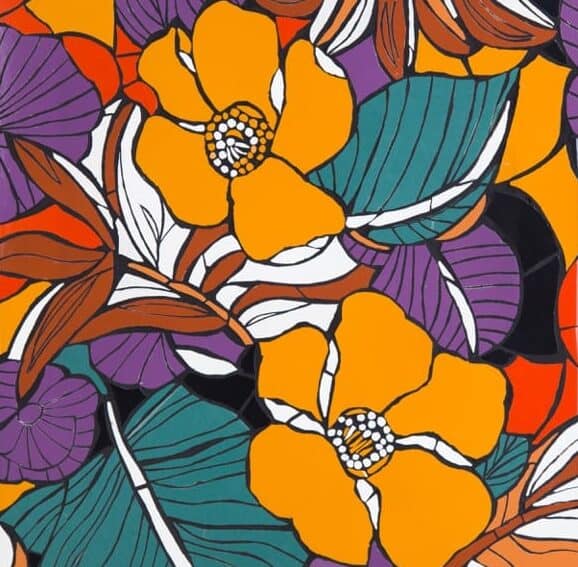
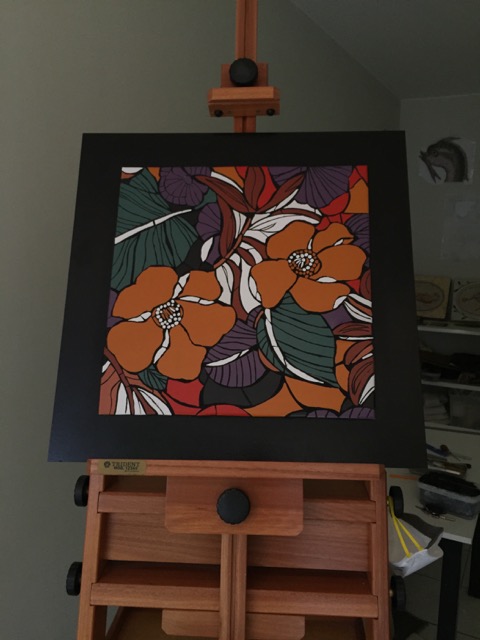
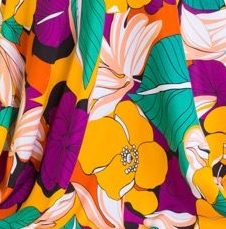 Embracing the adventure and leaving my field of expertise – roman style mosaics made out of natural stone – I created my first Brazilian mosaic out of ceramic tiles.
Embracing the adventure and leaving my field of expertise – roman style mosaics made out of natural stone – I created my first Brazilian mosaic out of ceramic tiles.